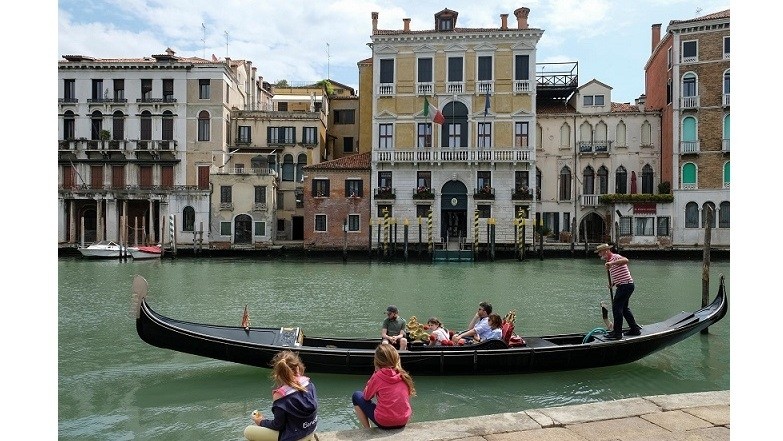The Italian economy has been devastated by the COVID-19 pandemic. According to the Central Bank’s forecast, the economic growth rate will decline by about 9.2% this year and the unemployment rate may stand at 10.6%.
Earlier, the Italian National Institute of Statistics (ISTAT) said that in April, Italy shed about 274,000 jobs. The country’s GDP dropped by 5.3% in the first quarter of 2020, the strongest quarterly decline since the 1990s. In the second quarter of this year, the GDP is forecast to fall by 10.5% due to closure orders on a national scale, forcing all business and production establishments to close.
Although from the end of May, the Italian Government has begun to restore the economic activities of the country after the prolonged period of closure to combat the epidemic, the immediate challenge for businesses and the economy is still very onerous in the context of a gloomy market due to declining demand among the people.
The Italian General Confederation of Labour recently released a report saying that after removing the lockdown, more than 90% of clothing stores are operating again, food service has gradually recovered with about 70% of pubs and restaurants reopening. However, the demand for catering services has decreased by about 80% compared to the previous average.
In this situation, reopening the economy is an important solution for Italy to cope with current difficulties. There are still a few restrictions that are being applied, theatres and cinemas are not yet allowed to reopen until mid-June, while schools continuing to remain closed until September.
From June 3, the Italian Government has allowed people to freely travel across the country without having to declare their reason, and is now open for citizens and tourists from countries of the European Union. International flights will also be allowed to resume in the three main cities of Rome, Milan and Napoli. However, there are still some concerns that European visitors may not want to visit Italy at this time.
In order to promote the reopening and reconnection of the economy, Italian Foreign Minister L. Maio has just visited Slovenia on one of the first foreign diplomatic missions since the period of social distancing. The visit of the head of the Italian Ministry of Foreign Affairs aimed to convince other countries in the region that Rome is ready to welcome foreign visitors from June 15 with the highest level of transparency and will not implementing “blacklists” in restricting the opening of the internal borders.
On June 6, Italian Prime Minister G. Conte and Spanish Prime Minister P. Sanchez also sent a letter to President of the European Commission (EC) U. Leyen proposing EU member states cooperate in reopening their borders and restarting tourism after the COVID-19 pandemic.
Some analysts said that in spite of facing numerous difficulties, the Italian economy has begun to see “the light at the end of the tunnel”. The fulcrum for the country to escape from the current difficulties is that the epidemic situation has become less serious and Rome has received support from the EU. Meanwhile, the reputation of the Government is rising. Once being considered as the centre of COVID-19 in Europe, Italy now has controlled the situation relatively well.
The Italian economy will also receive more than EUR172 billion from the European Commission’s recovery fund. Italian Prime Minister G. Conte said this is a great signal from the EU, allowing Italy to use all the funds needed to cope with the crisis with current priority given to tax reduction. It is expected that the Italian Government will take full advantage of the current political position to help the “boot-shaped country” overcome this crisis.
















